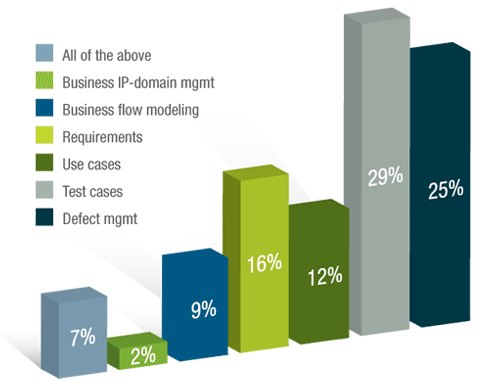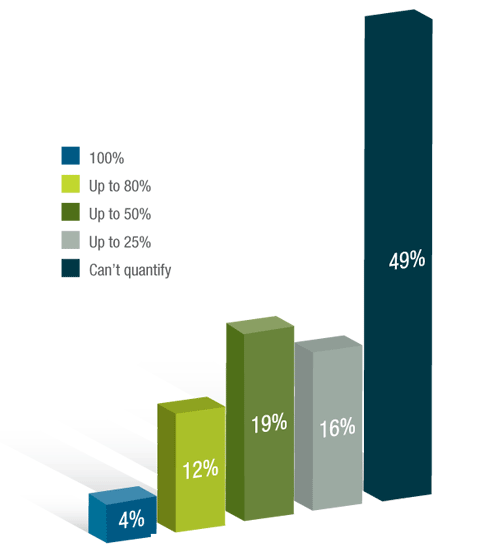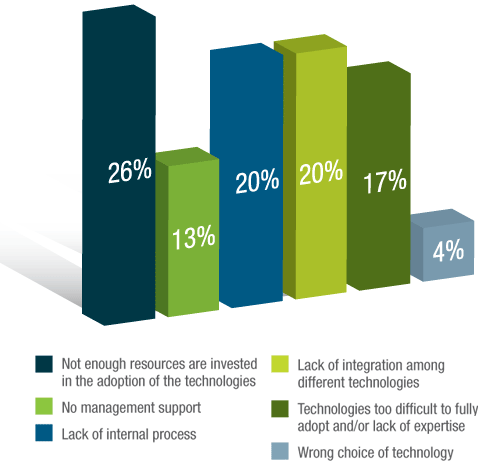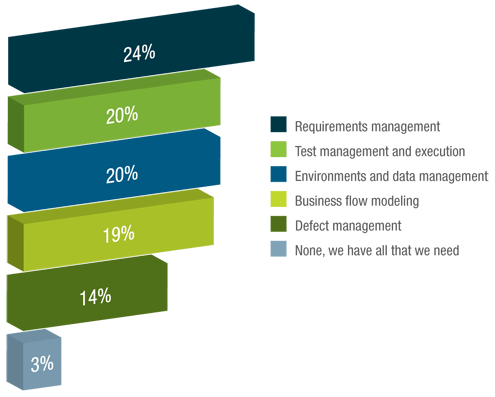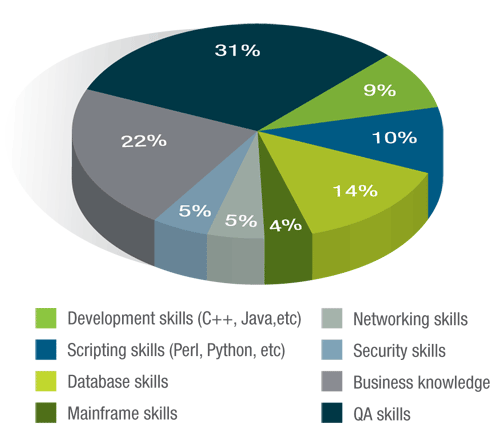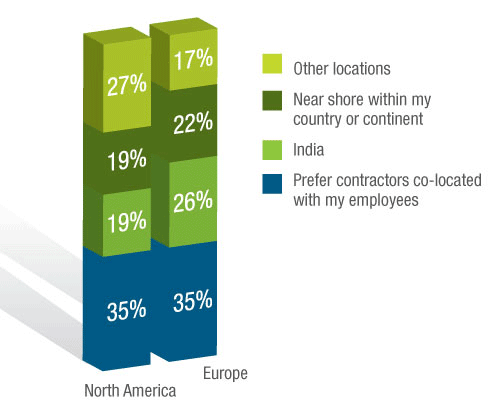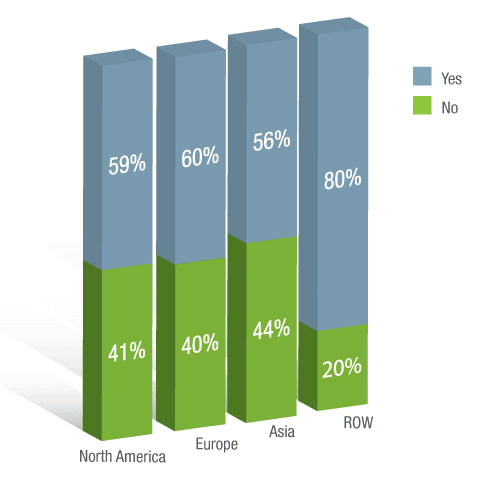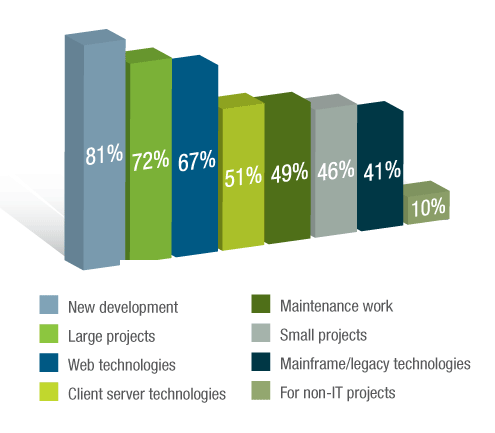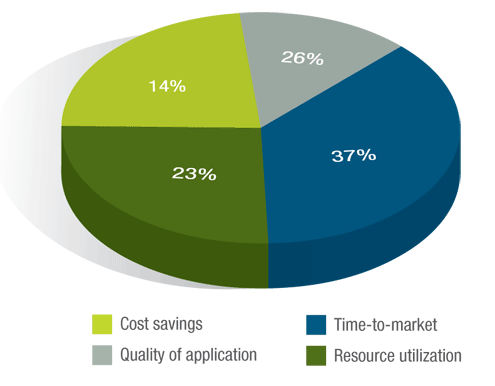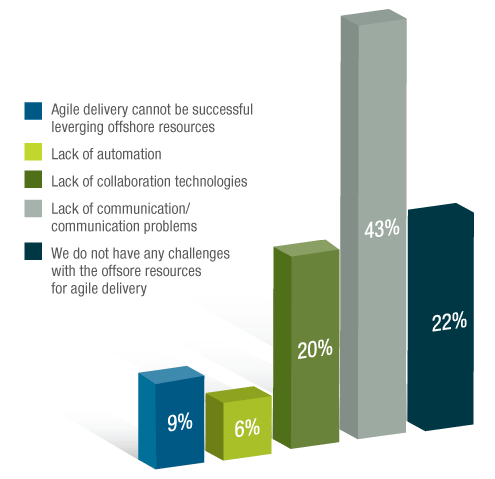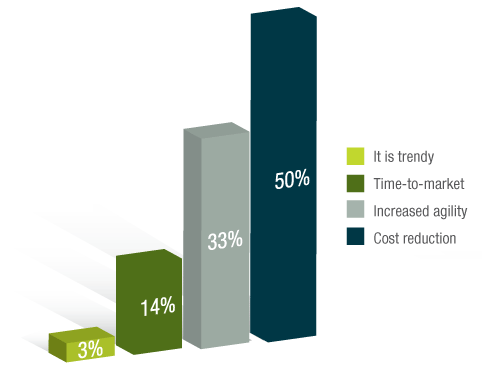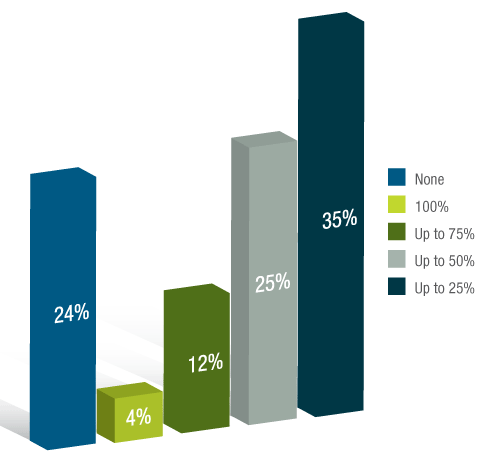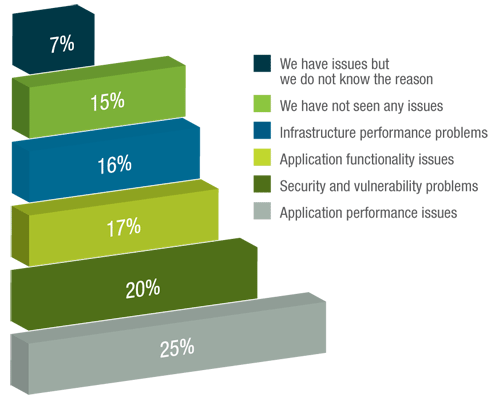With more pressure than ever on the application development process, IT organizations are re-examining their application lifecycle management processes.
Nothing makes that clearer than a report from Capgemini and Hewlett-Packard that finds that only a small percentage of the 30,000 IT professionals surveyed said they are getting the expected return on investment in ALM.
A big part of that problem, says Charles Li, head of testing services for Capgemini in North America, is the fact that the application development process is changing so rapidly within the enterprise. While the concept of iterative application development methodologies has been around for a while, it’s only recently that enterprise IT organizations have begun to embrace this approach to application development.
But while the developers themselves have embraced these new approaches to application development, the process for managing the development of applications is struggling to catch up. As a result, Li says most IT organizations are looking at re-engineering their ALM processes in the months to come.
Another part of the problem is that IT organizations are not investing in new ALM systems and processes. They are letting developers move ahead in terms of iterative application development without thinking through how all the related support and testing processes need to evolve, said Li.
Those changes, added Li, have huge implications in terms of where testing services are delivered and even what type of cloud computing service might be used. As more IT organizations rely on iterative application development, the application testing teams and the cloud computing resources need to be nearer to hand, he said.
With the advent of virtualization and cloud computing, coupled with the newfound discovery of iterative application development methodologies, many IT organizations think they have the right combination of tools to combat the effects of the downturn in IT budgets. But without proper planning and an overall strategy for adopting iterative application development, the cures have the potential to be worse than the disease.
Click through to see findings from a recent survey by Capgemini.
Automation still has a long way to go when it comes to ALM.
Most have no idea if they are getting value out of ALM.
Need to do more than just pay for the price of the tool.
Most want to see more automation of low-level tasks.
Even testers need to be business savvy.
The closer the better.
More than half are embracing agile development.
New applications mean new methodologies.
Time to market is the primary benefit.
Agile development is all about the communications.
Cost is still the primary motivator when it comes to cloud.
A broad spectrum of opposing virtualization opinions.
Performance and security top the list.
Experience varies widely by vertical industry segment.



